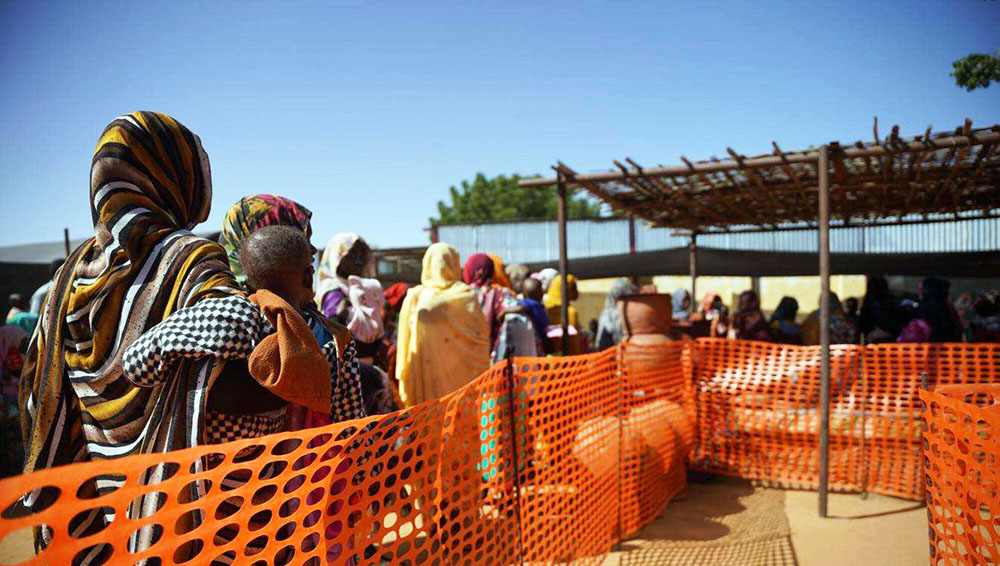
Zamzam Camp in Western Sudan: Between Hunger and Deadly Artillery Shelling
Moatinoon
Displaced citizens in Zamzam Camp, North Darfur, are enduring immense suffering after being forced to flee their villages and towns due to ongoing war in the region. Beyond the hunger crisis that has led to famine being declared in the camp by concerned organizations, residents frequently face security instability, including artillery shelling, such as the recent attack on the camp.
The latest attack by the Rapid Support Forces began early on the evening of December 1 and continued into the next day. It was a nightmare for the displaced residents, resulting in casualties, injuries, and widespread panic, prompting a mass exodus.
Doctors Without Borders reported that their team at the camp received eight wounded individuals, including women and children as young as four years old, suffering from severe injuries. Four critically injured patients were transferred to another facility this morning before shelling resumed, striking near the MSF field hospital and the camps market.
MSF stated that their hospital in the camp is now empty, as patients and medical staff fled the ongoing shelling. They reported that three patients, still reliant on oxygen, were evacuated from the intensive care unit under dangerous conditions.
Michel-Olivier Lacharité, Head of Emergency Operations at MSF, said: "People were not only starving but are now being shelled and forced to flee once again. We are deeply concerned about the safety of people, including our staff, and urgently call for the protection of patients, civilians, medical teams, and healthcare facilities in Zamzam Camp. Safe passage for those fleeing the violence must also be ensured."
Meanwhile, Save the Children highlighted the dire situation of families in Zamzam Camp, who are resorting to desperate measures to survive, such as eating only one meal a day or even consuming animal feed after four months of famine. Children are suffering from severe food shortages, compounded by 19 months of fighting that has heavily impacted the besieged North Darfur region.
Sorghum and millet are the preferred meals in the camp, which shelters 500,000 people, but due to high prices, families have been forced to consume animal feed known as "ambaz," made from leftover beans and sesame seeds after oil extraction.
Severe water shortages are adding to the struggles of families in Zamzam, with many surviving on less than two liters of water a day—far below the daily minimum requirement of 20 liters per person for drinking, sanitation, and hygiene. Save the Children delivers 20,000 liters of water by truck daily to six gathering points, serving over 12,500 people, averaging just two liters per person.
The depletion of medicine and therapeutic food supplies is causing a dramatic rise in malnutrition rates in the camp. A staff member in Zamzam reported visible signs of severe acute malnutrition among children, including wasting, hair loss, swollen arms, skin discoloration, and widespread diarrhea.
Moreover, the risk of disease outbreaks is increasing daily due to overcrowding and deteriorating hygiene conditions, placing many families and children at risk.
Jamal, a child protection officer with Save the Children working in Zamzam, stated: "One school in the camp is hosting over 700 families, leading to extreme overcrowding and creating a fertile ground for the spread of infectious diseases. Hundreds of families share a single toilet, creating a hygiene disaster. The situation is similar in other locations where schools have been turned into shelters."
Mohamed Abdillatif, Interim Country Director for Save the Children in Sudan, commented: "Until yesterday, Zamzam Camp was the safest place in North Darfur for families and children. However, shelling and bombing have continued for a second day, with reports of casualties, including children."

